Forget 5G; Samsung says that now is the time to begin work on 6G

Just when you've finally been able to wrap your mind around 5G and understand the difference between sub-6GHz and mmWave airwaves, and know why low-latency is better than high-latency (which puts you way ahead of the average consumer by the way), Samsung throws you a curveball and releases a "White Paper" about 6G. A "White Paper" is supposed to make a complicated issue easier for the public to understand.
Samsung says that it is the right time to prepare for 6G
The paper, titled "The Next Hyper-Connected Experience for All," says that the company's goal is to bring 6G "to every corner of life." Samsung sees 6G standards completed by 2028 with mass commercialization starting two years later. While 5G is based on performance goals, Samsung says that three requirements must be met for 6G service to become available: For example, to be called 6G the download data speed must be no lower than 1,000 Gbps. As a comparison, Open Signal says that in the states Verizon currently has the fastest average 5G download data speed just shy of 500Mbps. With 6G, latency is expected to be less than 100 microseconds or one-tenth the latency of 5G.
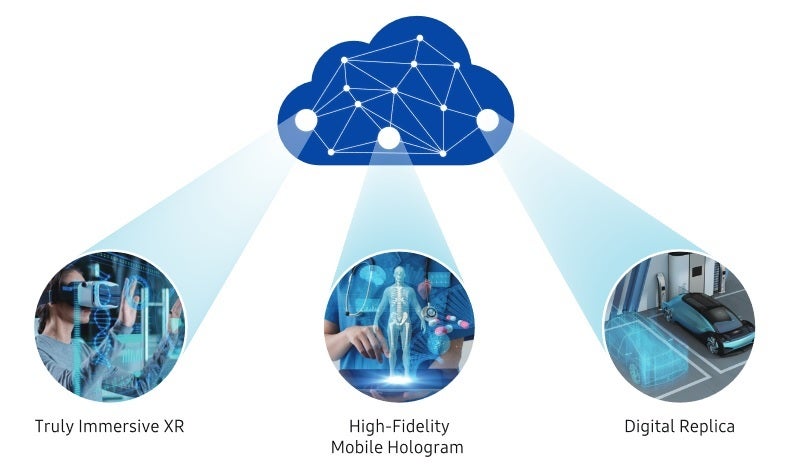
Some of the technologies we can look forward to once 6G is available
Samsung says that by 2030, the number of connected devices (500 billion) will exceed the human population (8.5 billion) by a factor of 59. Mobile devices will include AR glasses, VR headsets, and hologram devices. These screens will be connected to 6G networks and these networks will be built for machines rather than humans. The dominant users of 6G will be machines and Samsung's report states that "the capability of human eye is limited to a maximum resolution of 1/150° and view angle of 200° in azimuth and 130° in zenith. On the other hand, machine vision capability is not con-strained by such limitations, since it can take advantage of many cameras with various functions. Considering such high capabilities of machines, the performance requirements for the 6G system could be extremely high for relevant service scenarios."
6G will help the world by addressing social issues with its hyper-connectivity according to Samsung. "A wide deployment of 6G will reduce differences in regional and social infrastructure and economic opportunities and thereby provide alternatives to rural exodus, mass urbanization and its attendant problems. We expect, in summary, that 6G mobile communications will...tremendously contribute to the quality and opportunities of human life."
The White Paper discusses technologies that are not available now due to the limitations of today's technology. Truly Immersive XR, which combines AR, VR, and mixed reality, will be an important tool for entertainment, medicine, science, education, and manufacturing. But current mobile devices do not have the current processing power required and battery capacity needed.
High-Fidelity Mobile Holograms will require data speeds hundreds of times faster than 5G is capable of delivering. Even at 5G's peak data speed of 20Gbps, faster rates are required and 6G will be able to deliver this. In addition, a full-sized human hologram requires a large number of pixels. The paper also mentions Digital Replicas. Samsung explains what this is by saying, "With the help of advanced sensors, AI, and communication technologies, it will be possible to replicate physical entities, including people, devices, objects, systems, and even places, in a virtual world." These are called digital twins and users will be able to interact with them using VR devices or holographic displays.
Samsung says that improvements in technology have allowed standards for each new generation of wireless to be created in only eight years down from the 15 years that it used to take. The report says that as soon as next year, the International Telecommunication Union (ITU) could start working on its 6G vision. You might think that this is all crazy talk considering that 5G is far from finished. The company explains in its conclusion that it is actually the right time to start preparing for 6G.
Follow us on Google News


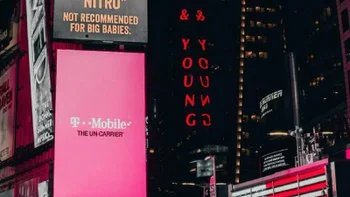
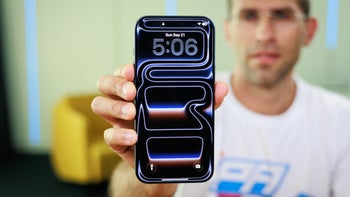
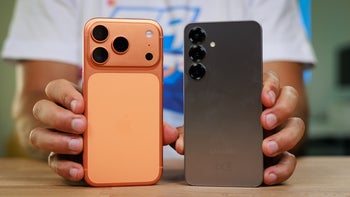
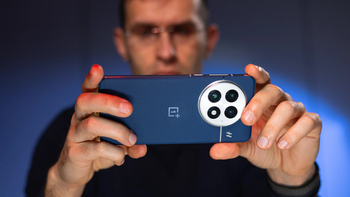
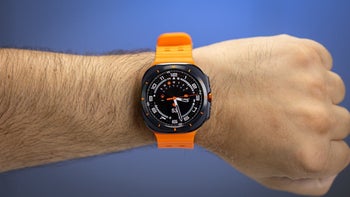
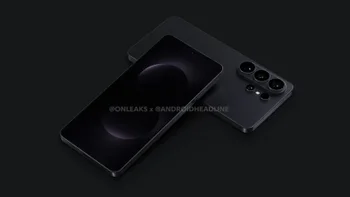

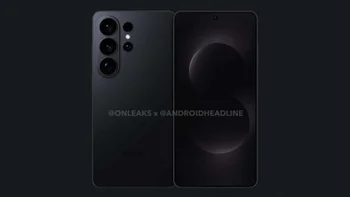

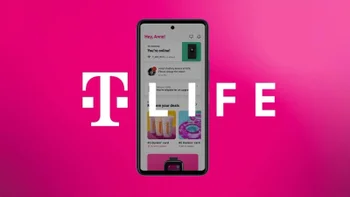


Things that are NOT allowed:
To help keep our community safe and free from spam, we apply temporary limits to newly created accounts: